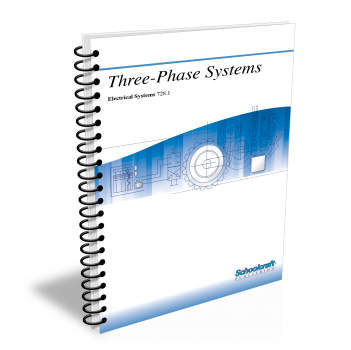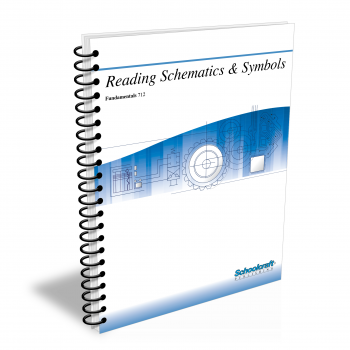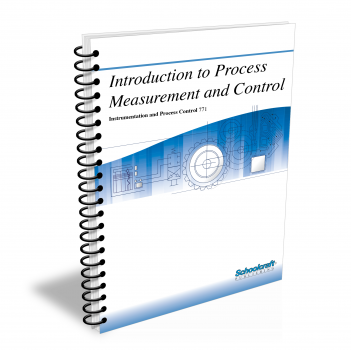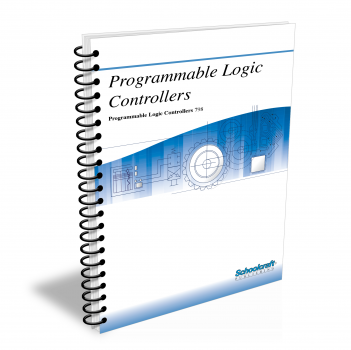Three-Phase Systems

Course Number: 728.1
The Three-Phase Systems textbook covers three-phase motor principles for induction, synchronous, and multi-speed dual-voltage motors. Gives recommended maintenance practices for large AC motors. Covers principles of three-phase motor starters, part winding, reversing, jogging, alternator principles and operation. Describes three-phase power distribution.
Does your curriculum require additional topics not included in this textbook? Build a customized version of the Three-Phase Systems textbook below.
This textbook has been recently updated
to include topics lists, objectives, & key terms for every chapter.
Recommended Contact Hours – 15
Preview a Chapter
Available Supporting Material
- Table of Contents
- Exam Copies
- Suggested Titles
Table of Contents
Chapter 1: Principles of Three-Phase Motors
Topics: Induction motors; Squirrel-cage rotors; Pole-phase relationships; Torque, rotor speed, slip, frequency, resistance, reactance, and power factor
Learning Objectives:
- Describe a squirrel-cage rotor.
- List the factors that determine the strength of the magnetic field in an induction motor.
- Discuss pole-phase relationships.
- Demonstrate how to reverse the rotation direction of the magnetic field.
- Discuss the relationship between rotor speed and frequency.
Chapter 2: Induction Motors
Topics: Squirrel-cage motors; Stator and rotor construction; Air gap; Operating features; Wound-rotor motors; Brushes and slip rings; Maintenance
Learning Objectives:
- List the main parts of the stator.
- List operating characteristics of a wound-rotor motor.
- Demonstrate how to check rotor windings for short circuits.
- State the definition of a standard motor.
Chapter 3: Synchronous Motors
Topics: Motor fields, characteristics, and applications; Pull-in torque; Slipping pole; Power factor; Brushless motors; Motor efficiency and care
Learning Objectives:
- List factors that contribute to the torque of an industrial synchronous motor during starting.
- Explain the effects of an amortisseur winding in a synchronous motor.
- State the definition of pull-in torque.
- State the reason why using synchronous motors can increase a low power factor in a plant.
- List the characteristics of brushless synchronous motors.
Chapter 4: Multispeed Motors
Topics: Consequent-pole, constant-horsepower, constant-torque, variable-torque, and dual-voltage motors and connections
Learning Objectives:
- Discuss the operating characteristics of multispeed induction motors.
- Select the best motor for driving equipment that requires the same torque at both high and low speeds.
- State the definition of a variable-torque motor.
- Explain the difference between a constant-horsepower motor and a constant-torque motor.
Chapter 5: Maintaining Three-Phase Motors
Topics: Cleaning; Care of stator and rotor windings; Air gap; Overload and single-phase operation; Motor shaft currents; Bearings; Maintenance schedule
Learning Objectives:
- List the steps in measuring the resistance of the insulation on motor windings.
- Explain how to raise the temperature of a motor winding.
- List the steps in lubricating motor bearings.
- List the conditions that must exist before you can lubricate bearings.
Chapter 6: Motor Starters
Topics: Limitations; Full-voltage and across-the-line starting; Reducing starting current; Primary- and secondary-resistance starters; Maintenance
Learning Objectives:
- Explain how a motor starter works.
- Explain the difference between open transition and closed transition.
- Name the common kinds of reduced-voltage starters.
- List the steps in inspecting motor starters.
Chapter 7: Three-Phase Motor Controllers
Topics: Multiple start-stop controls; Across-the-line reversing starters; Plugging control; Jogging; Controlling surge and backspin
Learning Objectives:
- Explain how to select the best motor starter for a particular application.
- Explain the difference between low-voltage release and low-voltage protection.
- Describe the plugging process.
- Explain how to prevent backspin.
Chapter 8: Alternators
Topics: Characteristics, ratings, and windings; Three-phase alternators; Air gap; Slip rings; Exciters; Voltage regulation; Load characteristics and effects
Learning Objectives:
- Discuss the operating characteristics of alternators.
- List the characteristics that must be considered when you work on alternator windings.
- Name the causes of change in potential difference between terminals as the load changes.
- Demonstrate how to calculate three-phase power in an alternator.
Chapter 9: Auxiliary Generator Systems
Topics: Requirements; Control equipment; Transfer systems; Safety switches; Engine protection; Prime movers and output control; Maintenance
Learning Objectives:
- Explain how an automatic auxiliary generator works.
- List the methods of overcoming voltage-drop problems when starting loads.
- List the parts of a hydraulic starting system.
- State the definition of a prime mover.
- List the four guidelines to follow when troubleshooting or performing routine maintenance on generators.
Chapter 10: Power Distribution Systems
Topics: Distribution voltages; Heat loss; System grounding; Overcurrent protection; Ground relays; Tripping; Network protection
Learning Objectives:
- State the reasons why 240-volt systems are not as widely used as are 480-volt systems.
- Explain the difference between system grounding and equipment grounding.
- List the benefits of system grounding.
- Explain how an overcurrent relay works.
- Name common circuit-opening devices.
Request Exam Copies
Exam Copies
Ready to see a copy of our textbooks? After selecting which textbooks you’d like to review for your course, you can submit your request by either logging in or creating an account so we know where to ship your exam copies. A representative from Schoolcraft will contact you to confirm and finish processing your request.
Exam copies are always free and yours to keep.
Selected Exam Copies
none selected
* Maximum of five copies can be ordered



